Chicken Psychology
Surely you've heard the term “pecking order.” I have, and I thought I had a pretty good grip on its meaning. Apparently not. It’s pretty literal, actually.
Fair Hill Farm has its first brood of chickens. Or maybe it’s a flock. There are differing views on the matter. Either way, we’ve got ‘em in spades: 19 in total. Shane brought home the first 13 and settled them into a coop, before deciding we needed more, and a bigger coop to boot. Now, we’ve got 19: 5 Plymouth Rocks, 4 Buff Rocks, 4 Rhode Island Reds, 2 Wyandottes, and 4 True Blues. They lay different colored eggs, and have different dispositions. Yes. Chickens. Dispositions. Words that make no sense when used together. It’s the crazy truth, though.
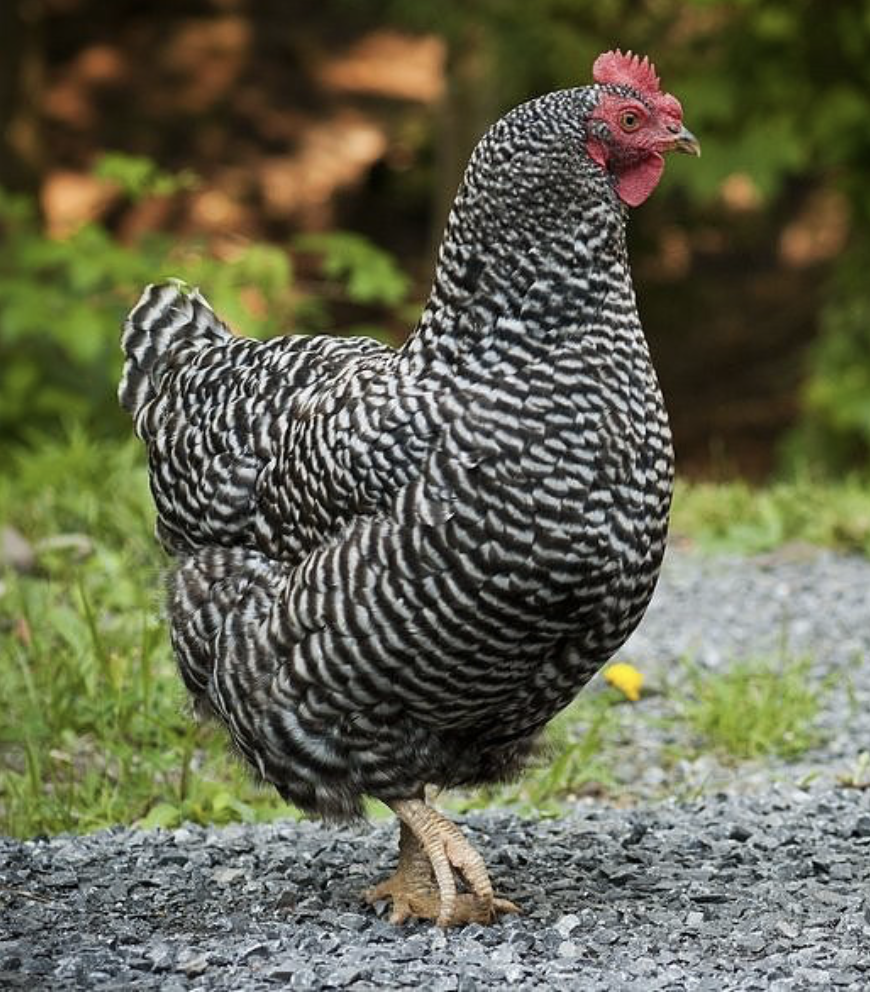
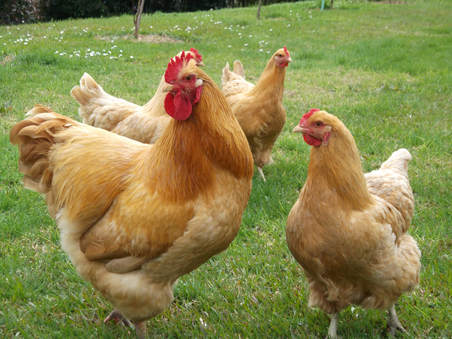
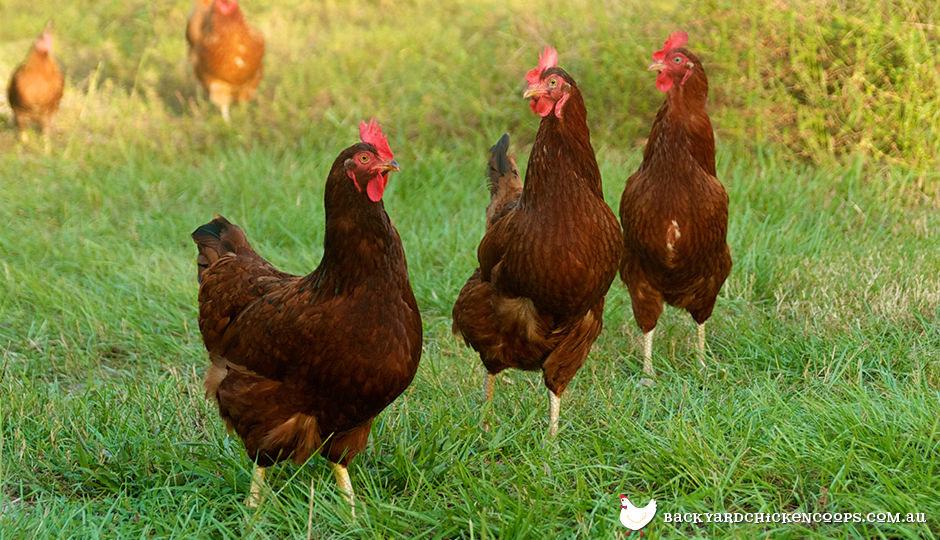
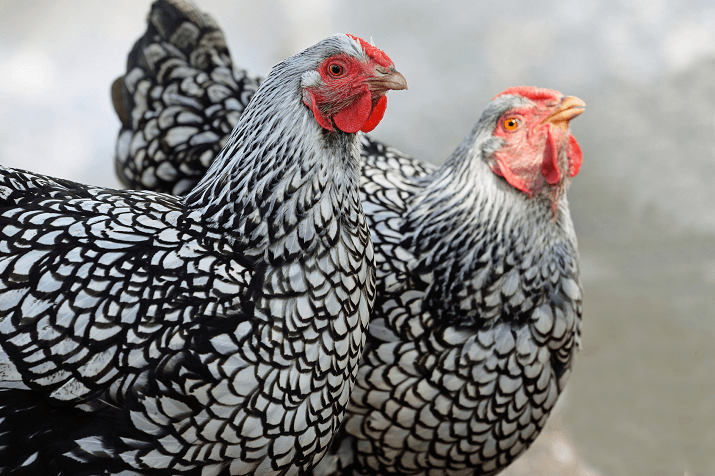
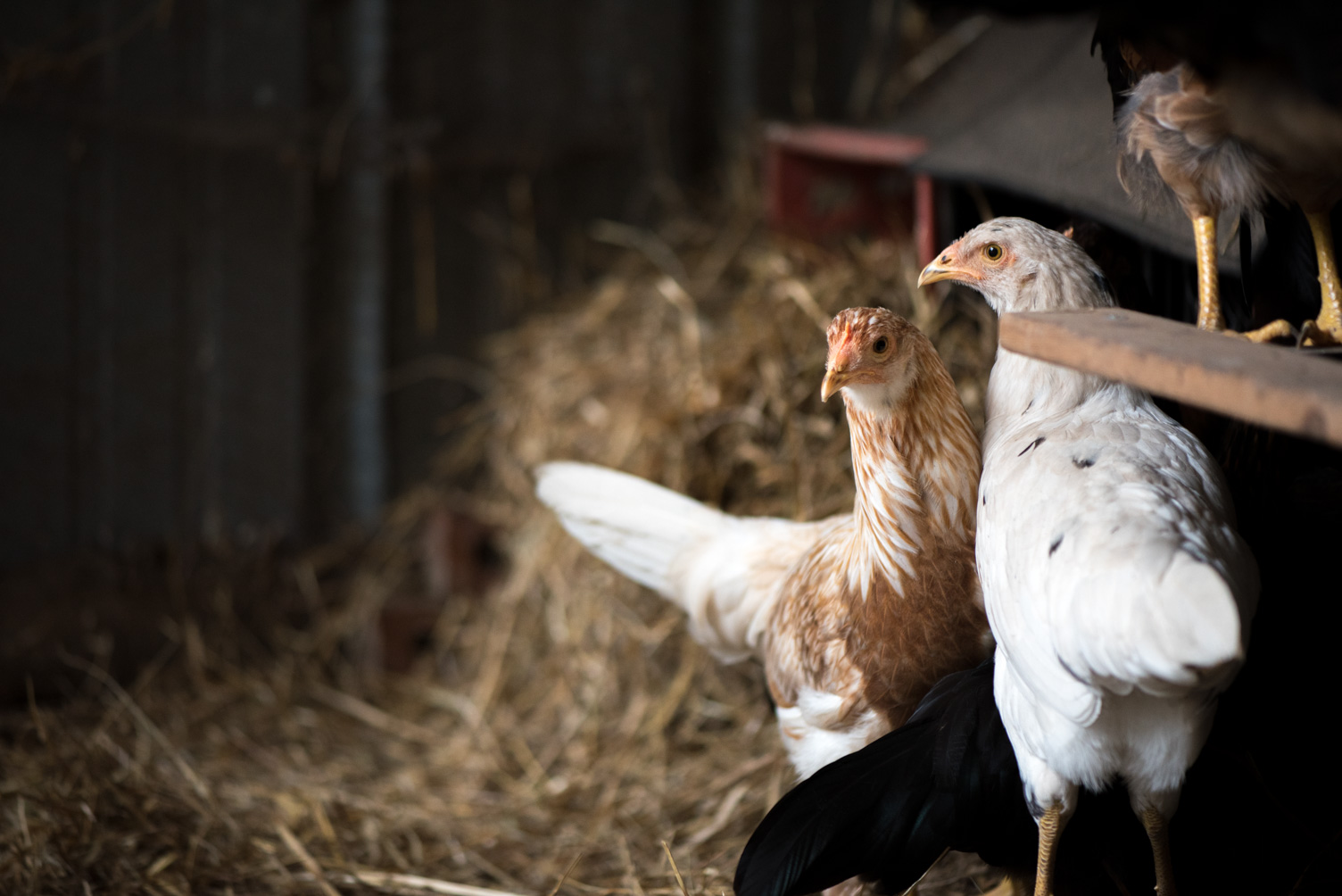
Right away, we noticed that at least one of the Buffs might be a rooster. Another Buff is The Boss of Everyone, and one of the Reds is more like a dog than a chicken, appreciating a pet on the head or a few seconds in our arms; coming when we call her. For the most part, the original gals and JT the rooster were getting along famously.
Above Left: Ruby, coming when called. Middle: Shane and Ruby. Right: Easton and Ruby.
Well, you know, the more the merrier, as they say. Enter six more hens.
That’s when the pecking ensued.
The established brood immediately descended on the new hens; pecking, pecking, pecking incessantly on their backs and tails, chasing and terrorizing them until they retreated, defeated, into the coop. Blood was drawn, y’all.
Fooled by Ruby, the dog-hen, I found myself hanging over the fence hollering at the first batch to leave the second batch alone, for crying out loud! Well, here’s a news flash: Unlike dogs, chickens don’t respond to a big, loud-mouthed beast hanging over them screaming like a banshee. A pecking order was being established, for my information. All the reprimanding in the world couldn’t arrest nature. Alas, the chickens had to be separated, if not for their own safety, at least for our sanity.
Behold the hillbilly set-up we (Shane) concocted to keep the peace:
Chicken broods, separated by rigged-up mesh and two-by-fours.
It was genius. The new chickens, skittish and wild, retreated into the safety of their coop. They moved as a group, huddled and scared. We put random “old” chickens in there, one at a time, to see if they could mesh. Nope. The old hens, no matter which one we tried, hoarded the food and water, and bullied the new gals.
Finally, the call came that the big, new, life-changing coop was going to be delivered in a day or two. Integration was imminent. Discussions were held on how best to handle the desegregation of old and new chickens, for that’s how we had begun to refer to them: old and new. They’re all approximately the same age, procured within days of each other, actually. The new ones are smaller, though, presumably due to food deprivation, and they arrived after the first group; therefore, old and new.
A plan was devised: We’ll put the new chickens in the new coop first, and gradually introduce the old hens and JT. Our logic was sound. The old chickens would think they were being introduced to a coop already dominated by the new ones, and maybe they wouldn’t abuse the new ones, at least not to the previous extent.
Simple chicken psychology.


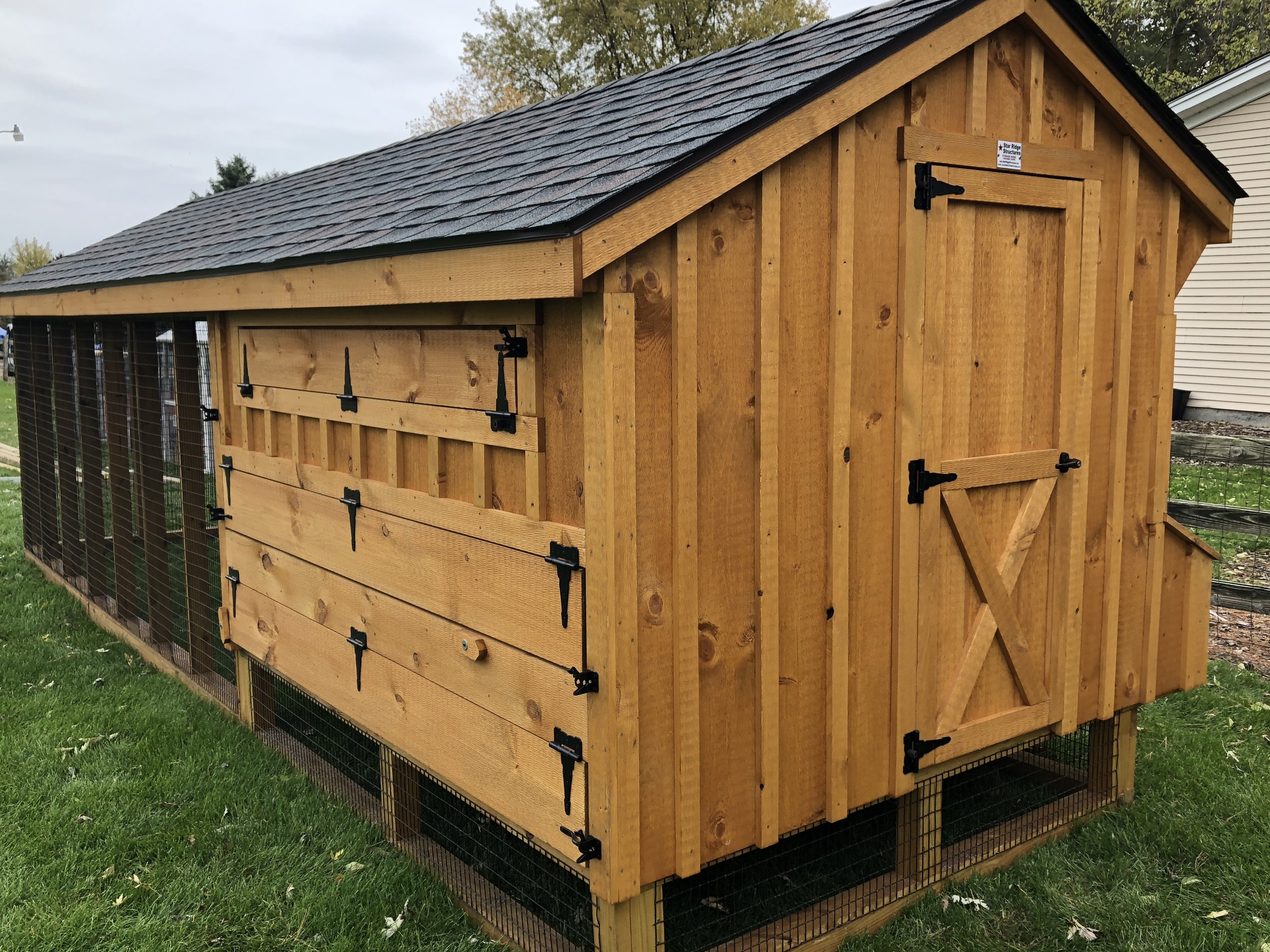

The new, lovely, accessible coop from Lancaster Chicken Coops.
The coop arrived, looking for all the world like a Tiny Home. Operation Integration was upon us. In went the new gals. An hour later, the old brood followed, with JT bringing up the rear. That was days ago, and thankfully, everyone is still alive. The new chickens prefer to hang out in the coop, as is their habit from weeks of necessity. They get picked on, but not as much as before, when they venture into the chicken run. They’re surviving. No one has been plucked clean, and the most severe bullying has eased up. It doesn’t sound like much, but it’s a triumph, to have all the chickens somewhat sympatico.
JT Cluck, named for the rooster in the Hank the Cowdog series by John R. Erickson, missing a few tail feathers, but no worse for the wear.
It’s a violent and vicious process, the establishing of the pecking order. I guess eventually all chickens get along, when the whole affair has run its course and everyone is half bald except the head chicken. Maybe our brood has finally found its order. Or maybe we outwitted them. Somehow it feels like a win to be smarter than 19 chickens.
Curious? Here’s where we found our outrageously amazing chicken coop. Here’s more on choosing chicken breeds, and here’s some info on egg color by breed.
The beautiful feature picture of La Poule Blanche is by Melchior d’ Hondecoeter, circa 1670. It’s a romantic depiction of chickens, and other fowl, but I rather love it. Nothing wrong with softening the edges a bit, I say.











